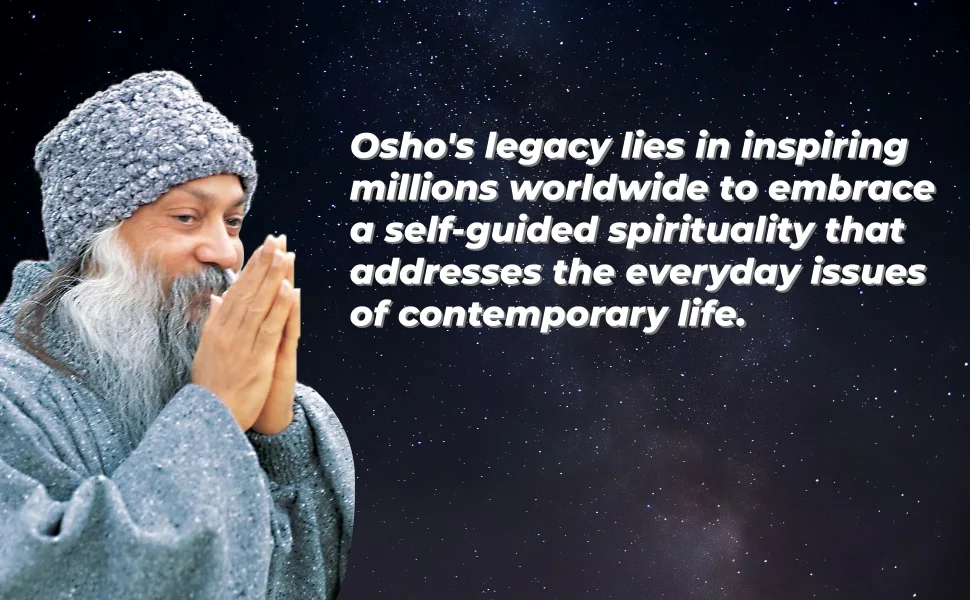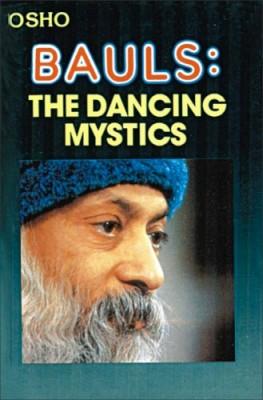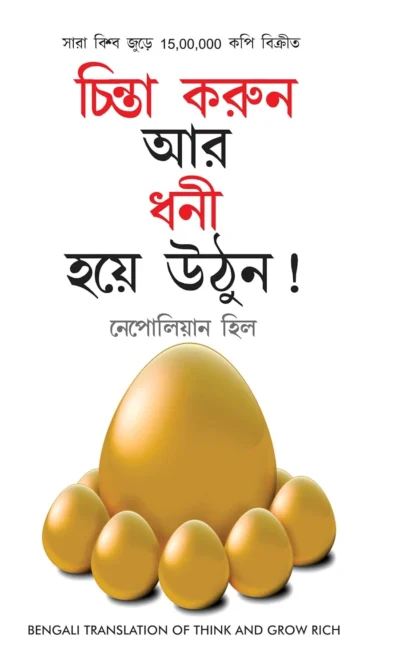



Product Description
Osho is one of the most original minds in the second half of the twentieth century. Reading him is a sheer pleasure. Osho is undoubtedly a master of words and knows how to use them… He should be read. Many passages from his books are quotable I wish I had written them myself. – M.V. Kamath
About The Author
Osho was born Chandra Mohan Jain also known as Acharya Rajneesh. He was born in a small village in the state of Madhya Pradesh on 11 December 1931. He was an Indian mystic, spiritual guru, and philosopher with international fame and followers. He died on 19 January 1990. Osho is one of the twentieth century’s most provocative and inspiring spiritual teachers. Known for his revolutionary contribution to the science of inner transformation, the influence of his teachings continues to grow, reaching seekers of all ages in virtually every country of the world. He authorizes many books, including Love, Freedom, Aloneness; The Book of Secrets; Innocence, Knowledge, and Wonder.
What is the central theme of the book Lotus of Emptiness?
The central theme of A Lotus of Emptiness revolves around the concept of inner emptiness, which is described as a state of pure awareness and spiritual awakening, symbolized by the lotus flower.
How does A Lotus of Emptiness explain the concept of emptiness in spirituality?
A Lotus of Emptiness explains that emptiness is not a void but rather a state of openness and receptivity, where the mind is free from attachments, leading to deeper self-realization and connection with the universe.
What significance does the lotus hold in A Lotus of Emptiness?
In A Lotus of Emptiness, the lotus flower symbolizes purity and enlightenment, growing from muddy waters but rising above, just as individuals can transcend worldly distractions to reach a higher state of being.
How does A Lotus of Emptiness guide readers toward achieving mental peace?
A Lotus of Emptiness suggests that mental peace can be achieved by embracing the concept of emptiness, where one lets go of material desires and mental clutter, thereby creating space for inner calm and clarity.
What is the philosophical message of A Lotus of Emptinessu?
The philosophical message of A Lotus of Emptiness is that true enlightenment comes from embracing the nothingness within, which leads to a deeper understanding of existence, free from ego and external influences.
How does the author of A Lotus of Emptiness relate emptiness to meditation?
The author of A Lotus of Emptiness describes emptiness as a core element of meditation, where the practitioner reaches a state of thoughtlessness, allowing for spiritual growth and insight to arise naturally.



















